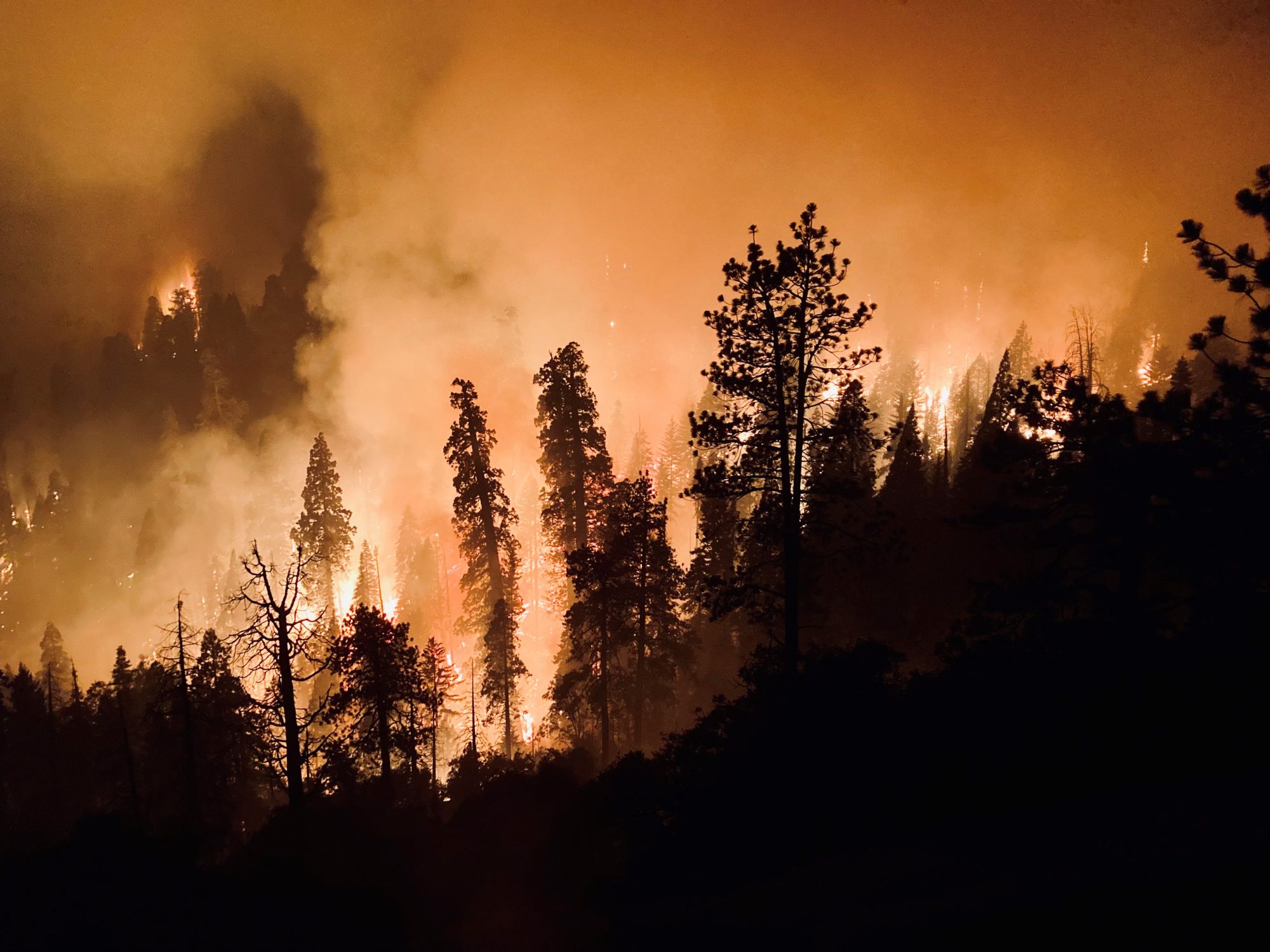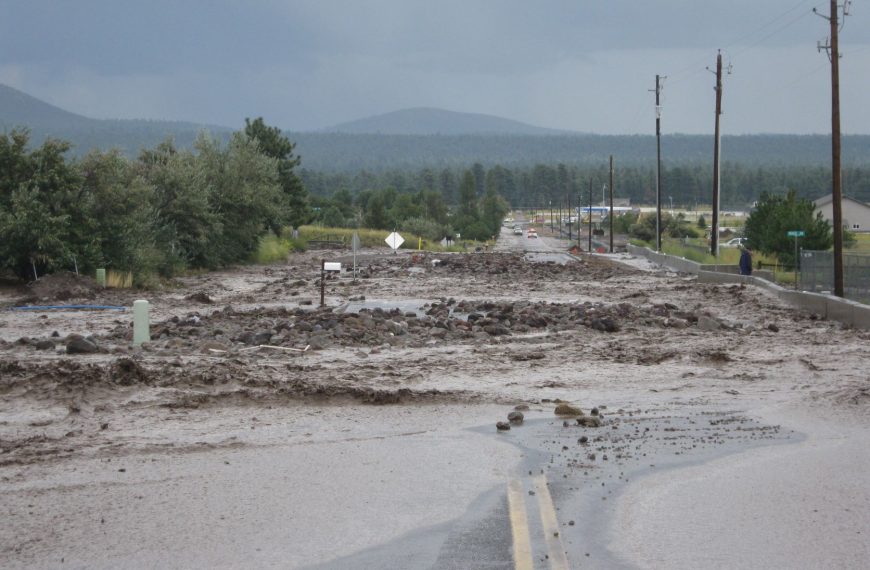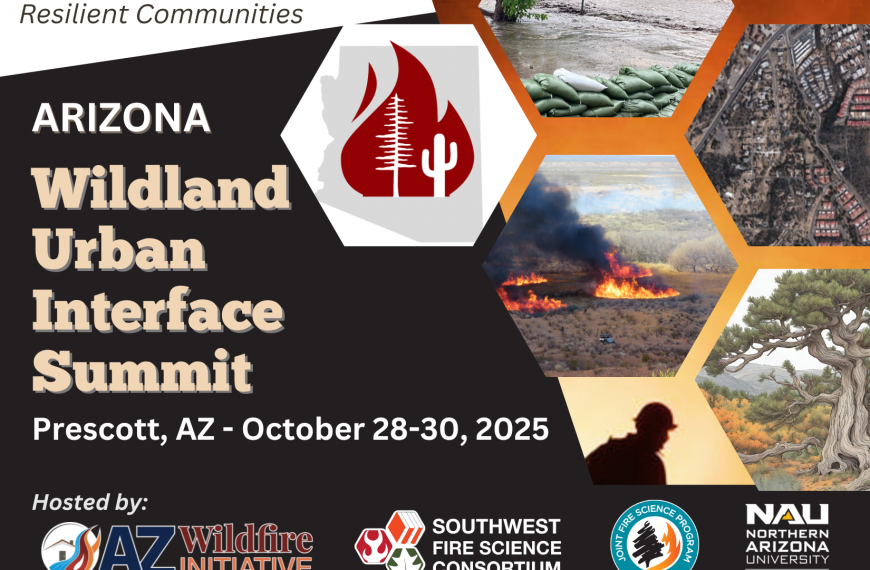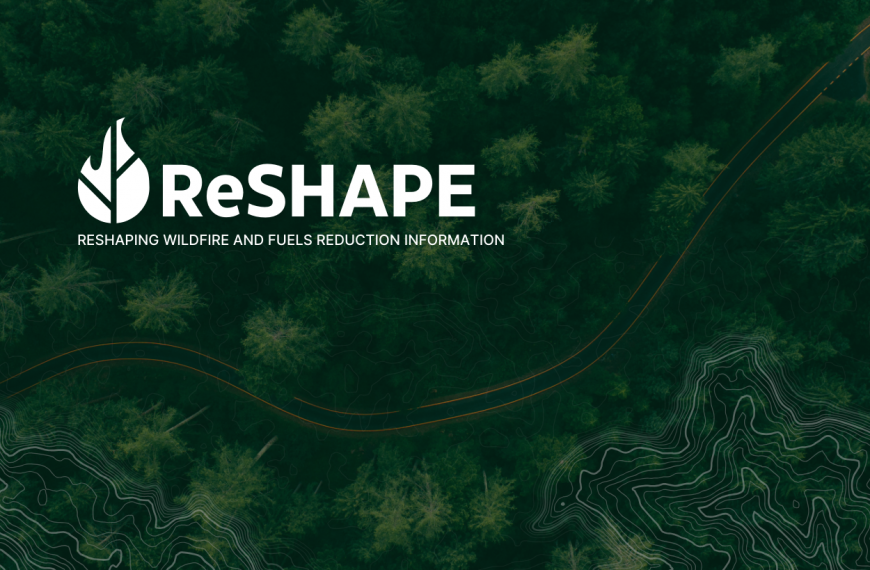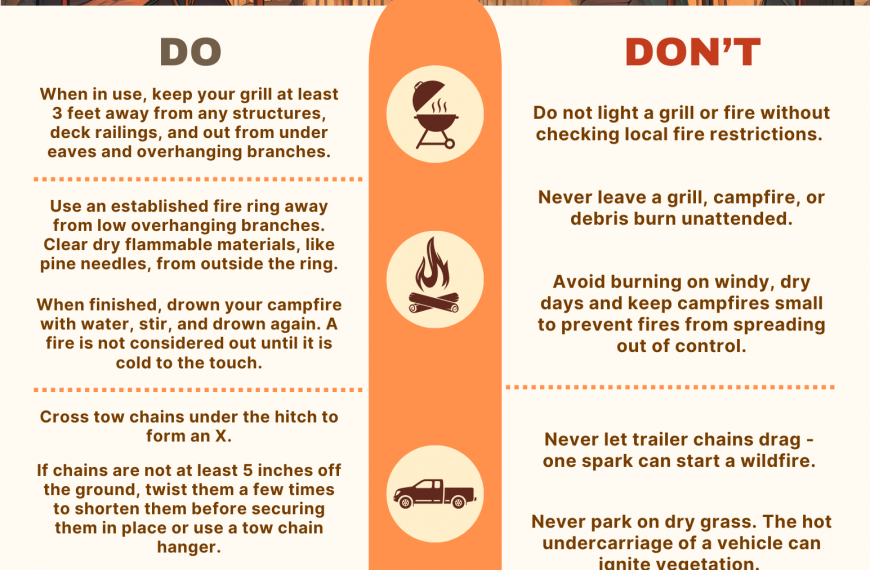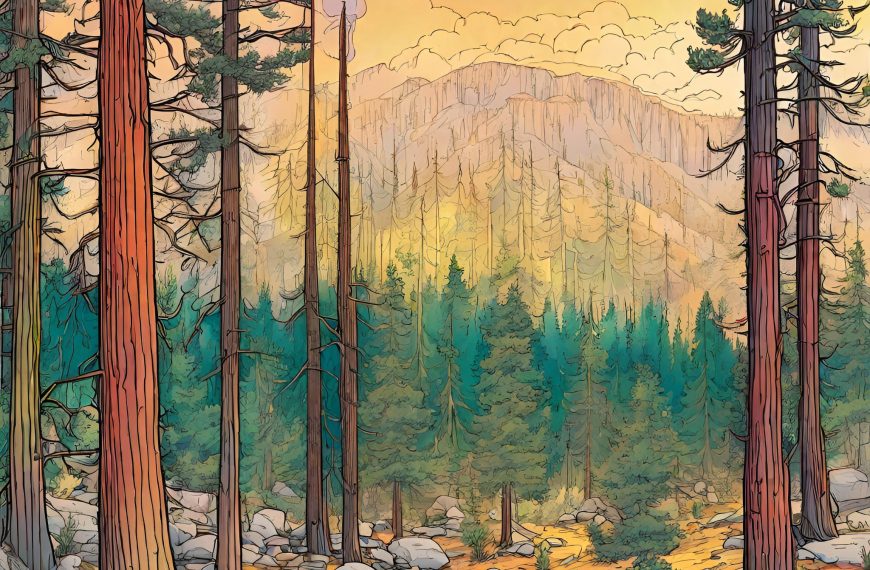Presenter: Patrick H Freeborn, PhD, Research Physical Scientist with the USDA Rocky Mountain Research Station
Date: December 6, 2022 at 12 MDT
Wildfire activity typically subsides sufficiently enough at night to provide firefighters with opportunities to rest and recover. However, nighttime fire operations are not uncommon. Whilst favorable conditions may enable better fire management progress, firefighters take on the additional risk of working in the dark when changes in the fire environment may be less perceptible and medical extrications more complicated. Therefore, understanding the potential for a wildfire to continue burning through the night has important implications for firefighter and community preparedness. This presentation discusses the results of 17 years of active fire data from Moderate Resolution Imaging Spectroradiometer (MODIS) to characterize the daytime and nighttime dynamics of wildfires across the continental US. Whereas daytime fire activity was widely detected regardless of fire type, nighttime fire activity was mainly detected inside wildfires and particularly within large wildfires in the western US. The analysis also found that as fuels dry, there is an increase in larger and more intense wildfires with higher chances that fire activity will persist overnight. Results indicate that increasing trends in nighttime wildfire activity have coincided with increasing wildfire sizes. Nighttime fire activity already poses additional risks to firefighters and communities, and this presentation discussed the probability that projected increases in the frequency of large wildfires will be accompanied by increases in the extent and intensity of nighttime fire activity. The presentation is based on a 2022 paper by Freeborn et al.: https://doi.org/10.1016/j.rse.2021.112777. Watch a recording here!

